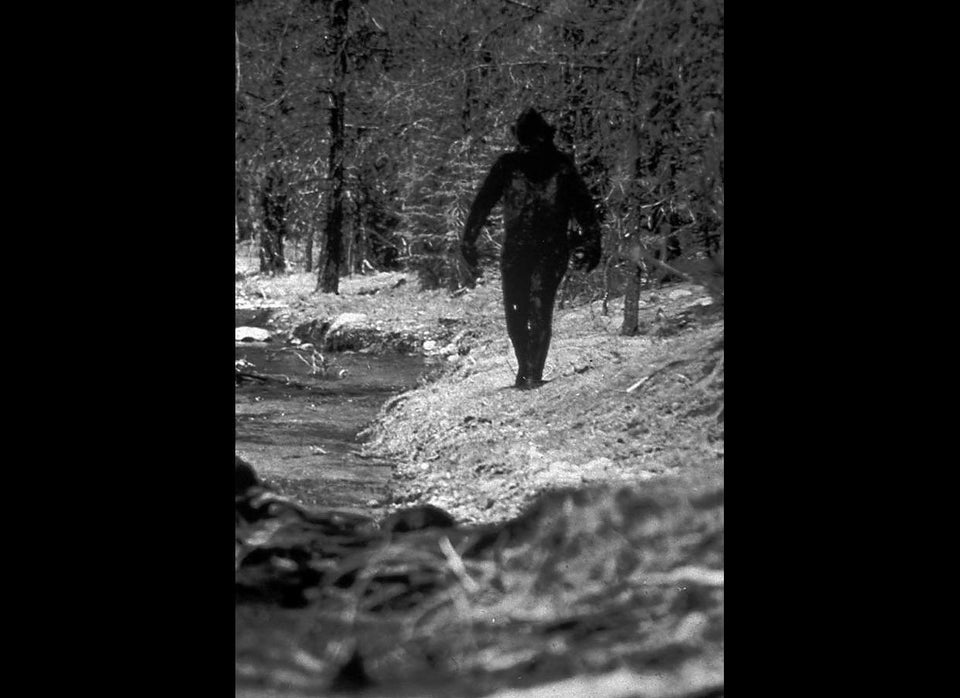An alleged Yeti finger -- after residing in a London museum for decades -- has turned out to be, alas, just a human finger.
The finger in question is among thousands of anatomical human and animal specimens housed at the Royal College of Surgeons' Hunterian Museum since the 1950s, according to the BBC News.
The 3.5-inch-long black, curled appendage was included in a box of specimens with information suggesting the finger came from the hand of a Yeti -- the legendary tall ape-like creature, also referred to as the Abominable Snowman, Bigfoot or Sasquatch -- originating at a monastery in Pangboche Temple in Nepal.
PHOTOS: (Story Continues Below)
"We had several fragments that we put into one big sequence and then we matched that against the database and we found human DNA," said Rob Ogden of the Royal Zoological Society of Scotland, according to the BBC.
"It wasn't too surprising but it was obviously slightly disappointing that you hadn't discovered something brand new. Human was what we were expecting and human is what we got."
The finger went through many hands on the path to its ultimate human revelation -- including, reportedly, the famous hands of Hollywood screen legend Jimmy Stewart.
As the story goes, the finger was first taken from that Nepal monastery in the 50s by explorer Peter Byrne who was on a Yeti expedition funded by American oil millionaire Tom Slick.
Smuggling the finger into London was accomplished with the help of Slick's friend, Stewart, vacationing in India with his wife Gloria, who apparently hid the traveling finger in her lingerie case for the flight to London.
WATCH: THE YETI LEGEND (Story Continues Below)
On his Cryptomundo website, Loren Coleman, author of numerous books about the Yeti and other legendary large, hairy beasts, offers another interesting take on where the mysterious finger came from.
"One logical explanation is that it probably is a sacred hand of a formerly well-known monk whose story was lost to the ages and then a Yeti tale attached to the relic."
But the determined digit found its way into the hands of primatologist William Osman Hill who eventually gave it -- along with other specimens and notes -- to the Royal College of Surgeons. In 2008, the finger was found in Hill's collection.
"We have got a very, very strong match to a number of existing reference sequences on human DNA databases," said Rob Jones, senior scientist at the Zoological Society of Scotland, about initial tests on the finger.
"It's very similar to existing human sequences from China and that region of Asia, but we don't have enough resolution to be confident of a racial identification."
Listen to the entire story unfold on the BBC's Radio 4 program, "Yeti's Finger."
